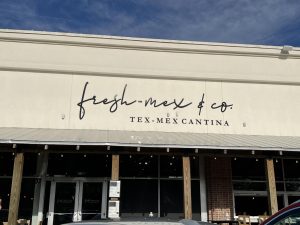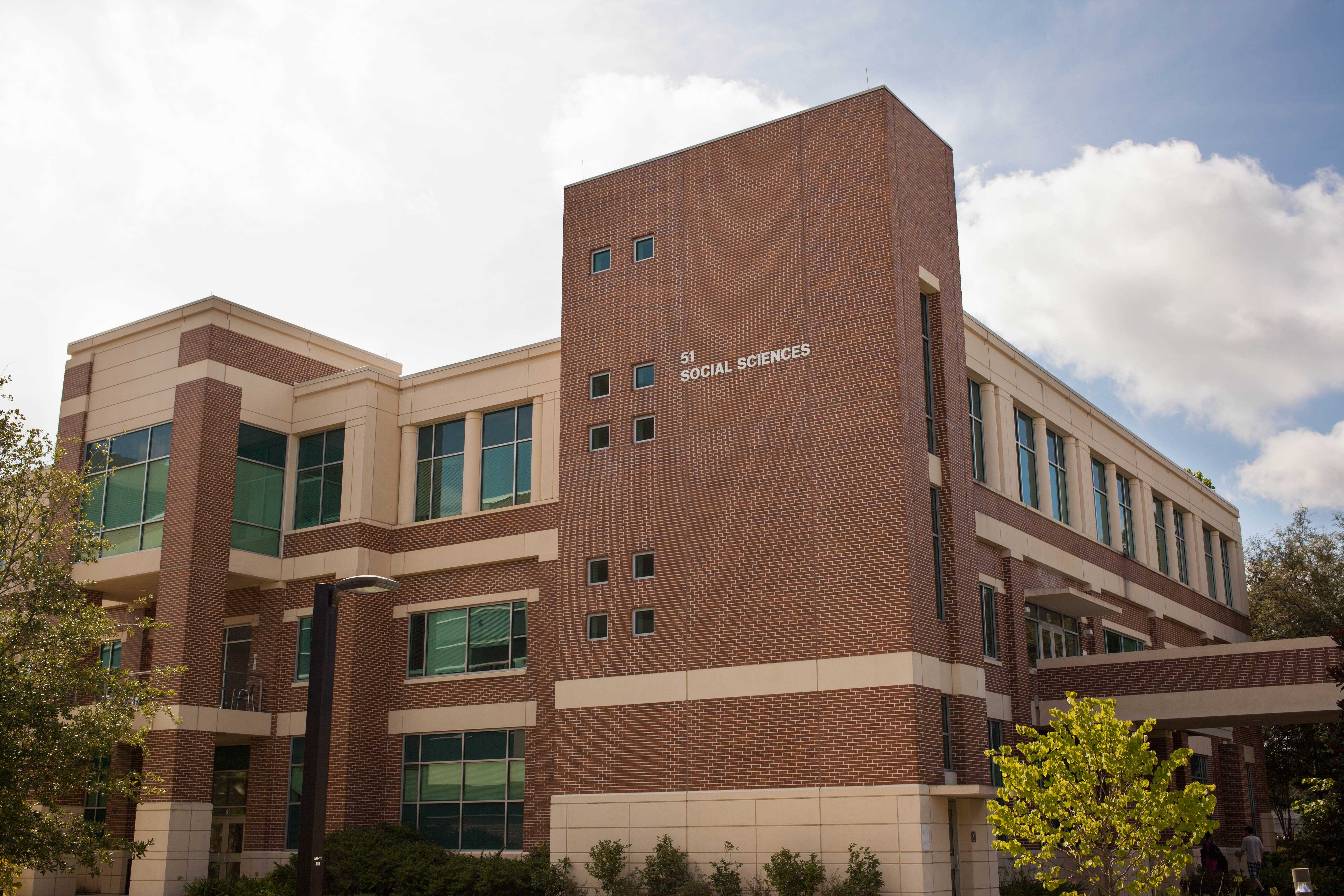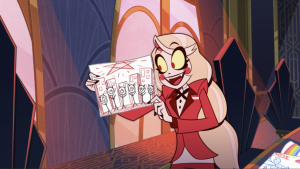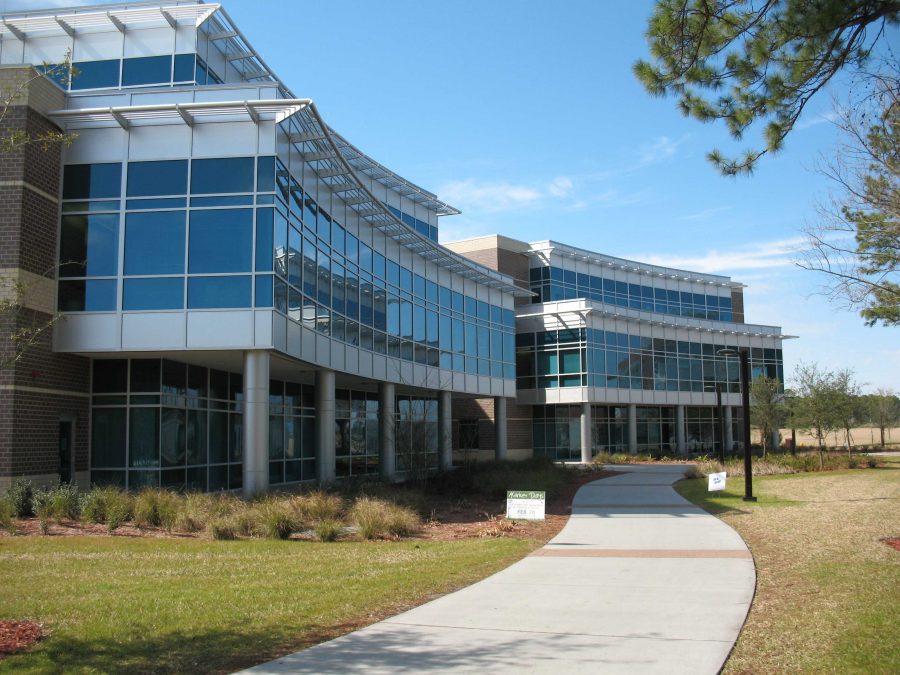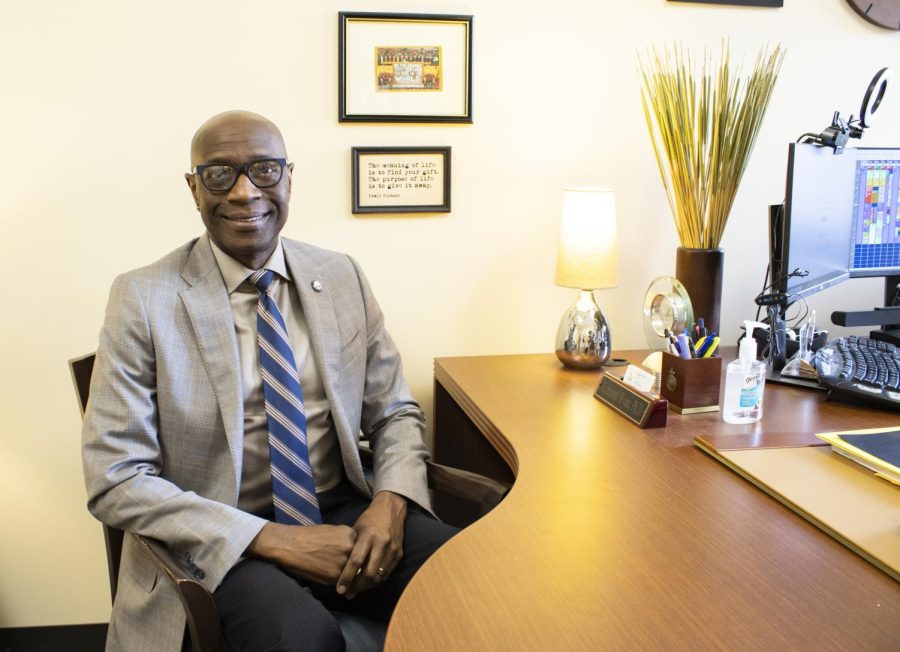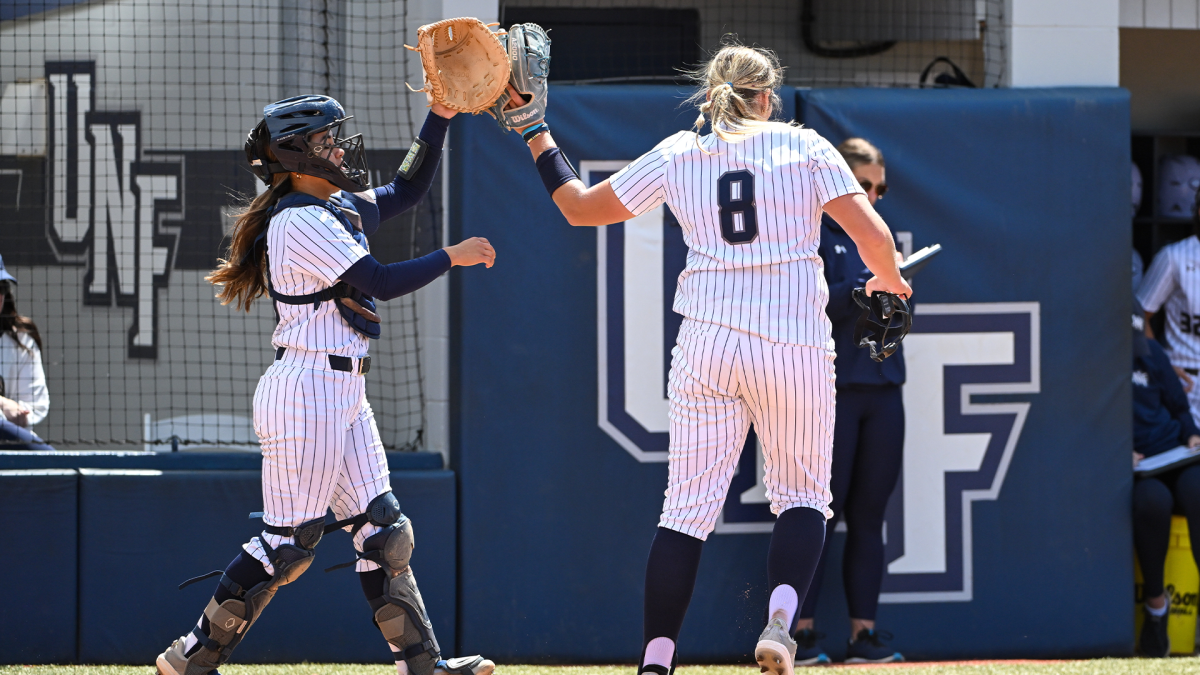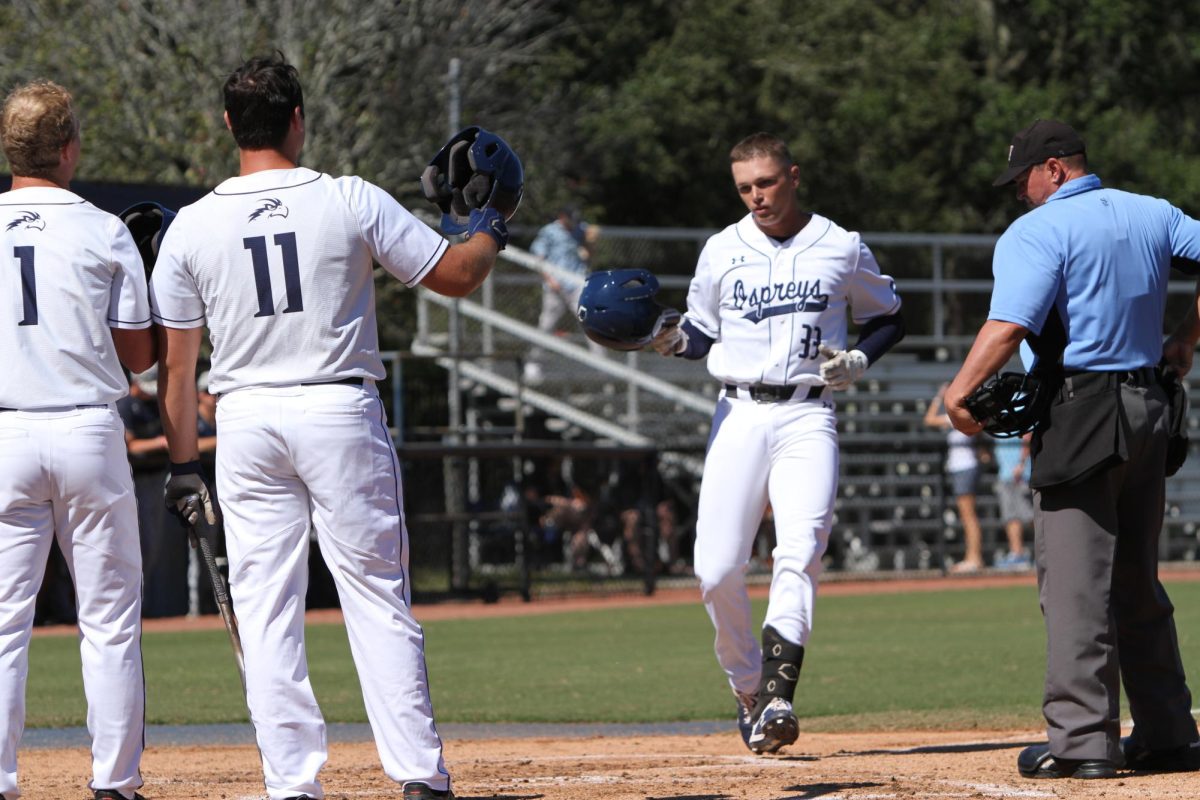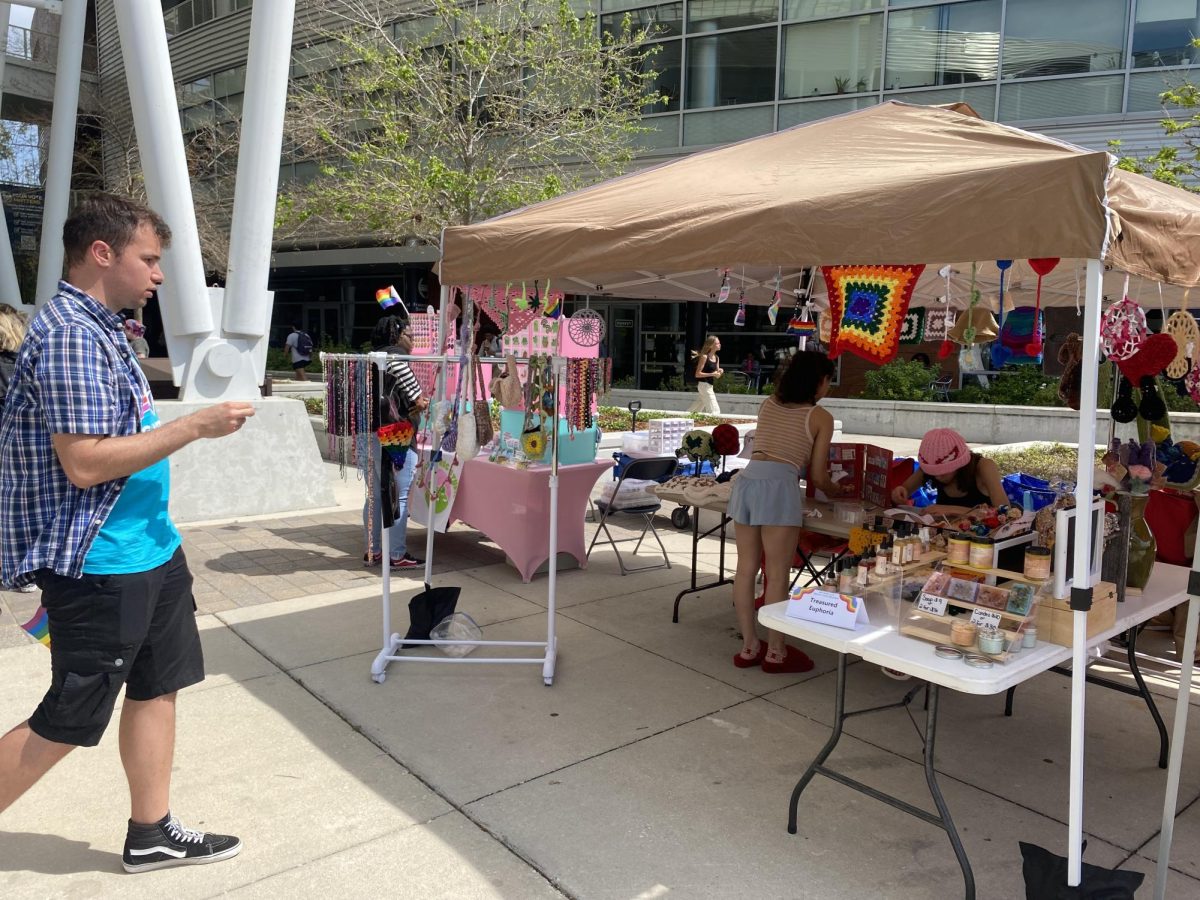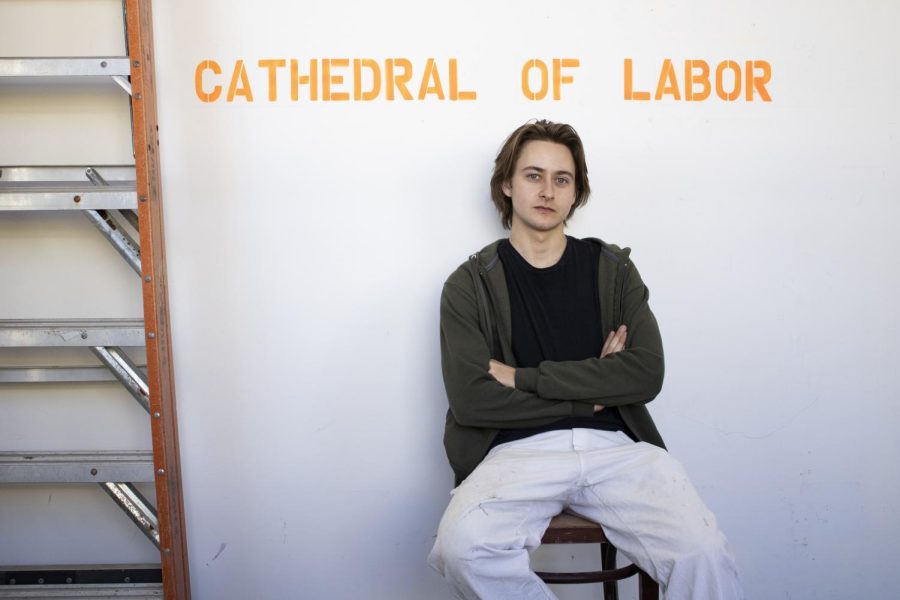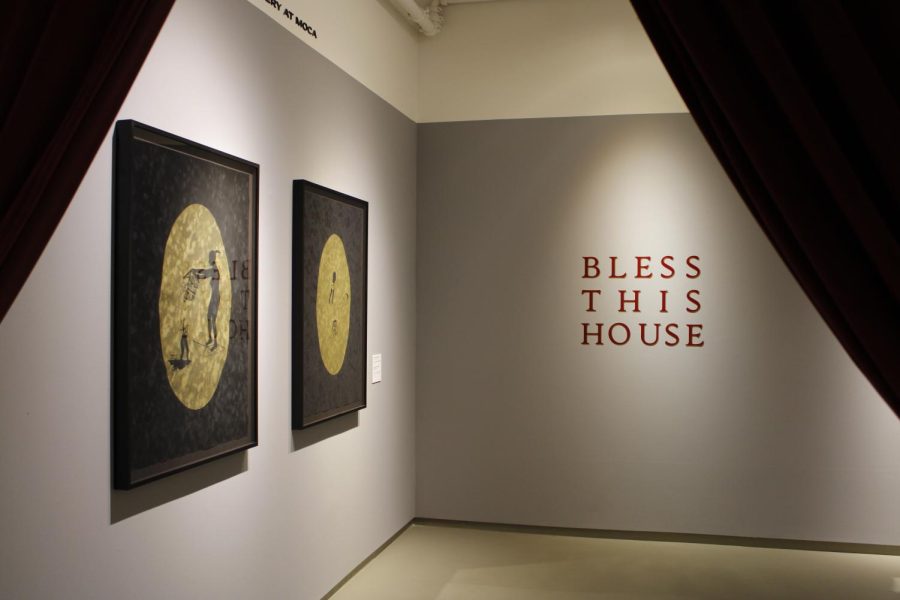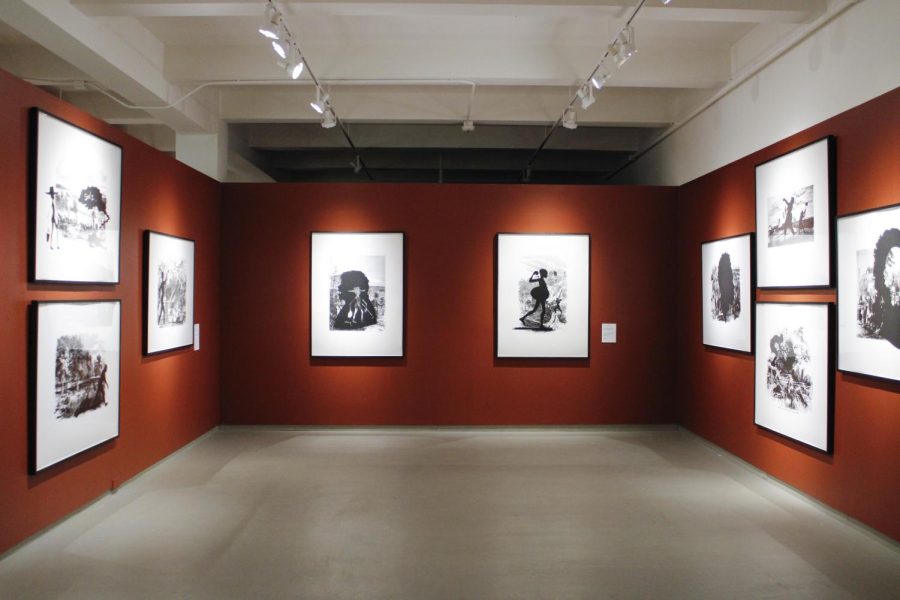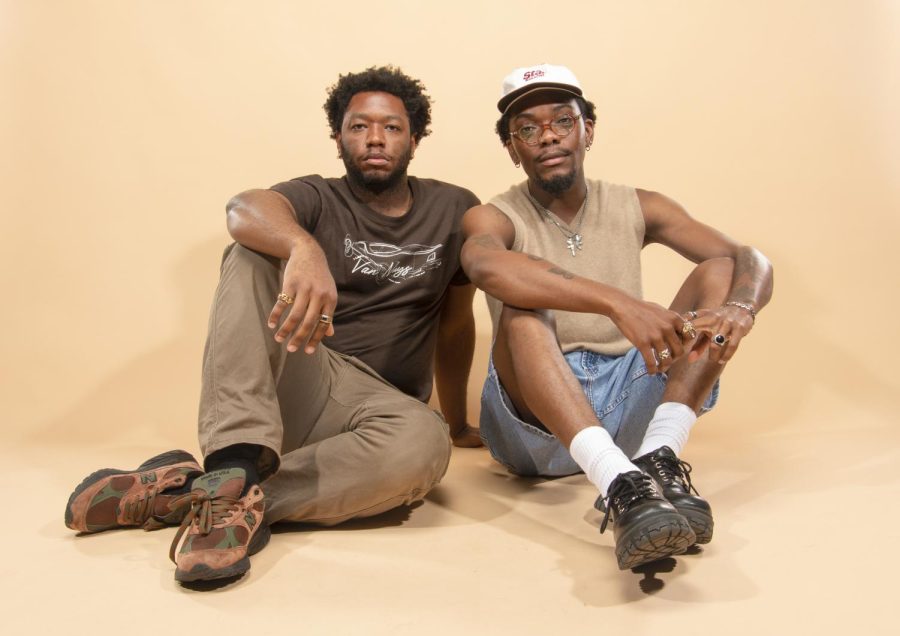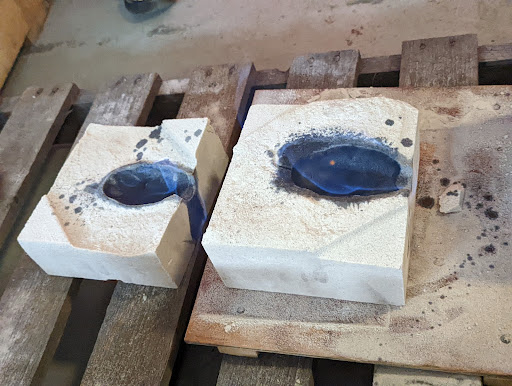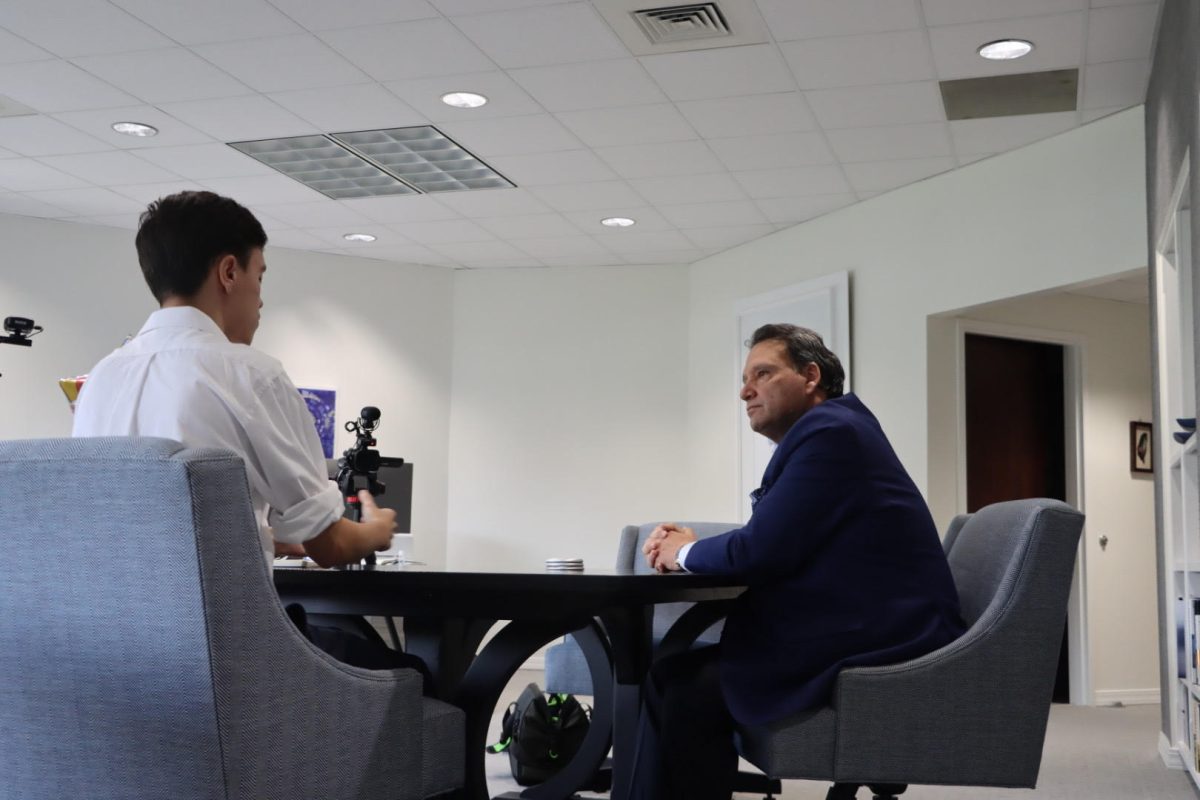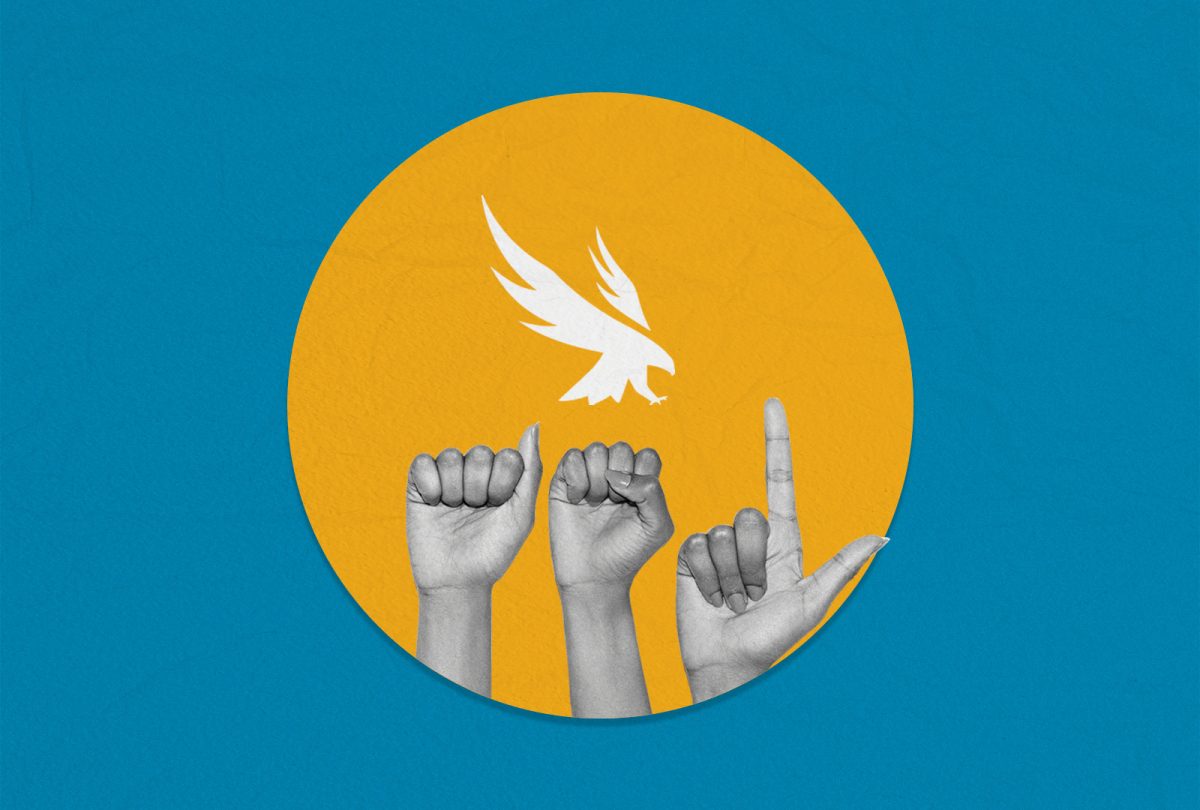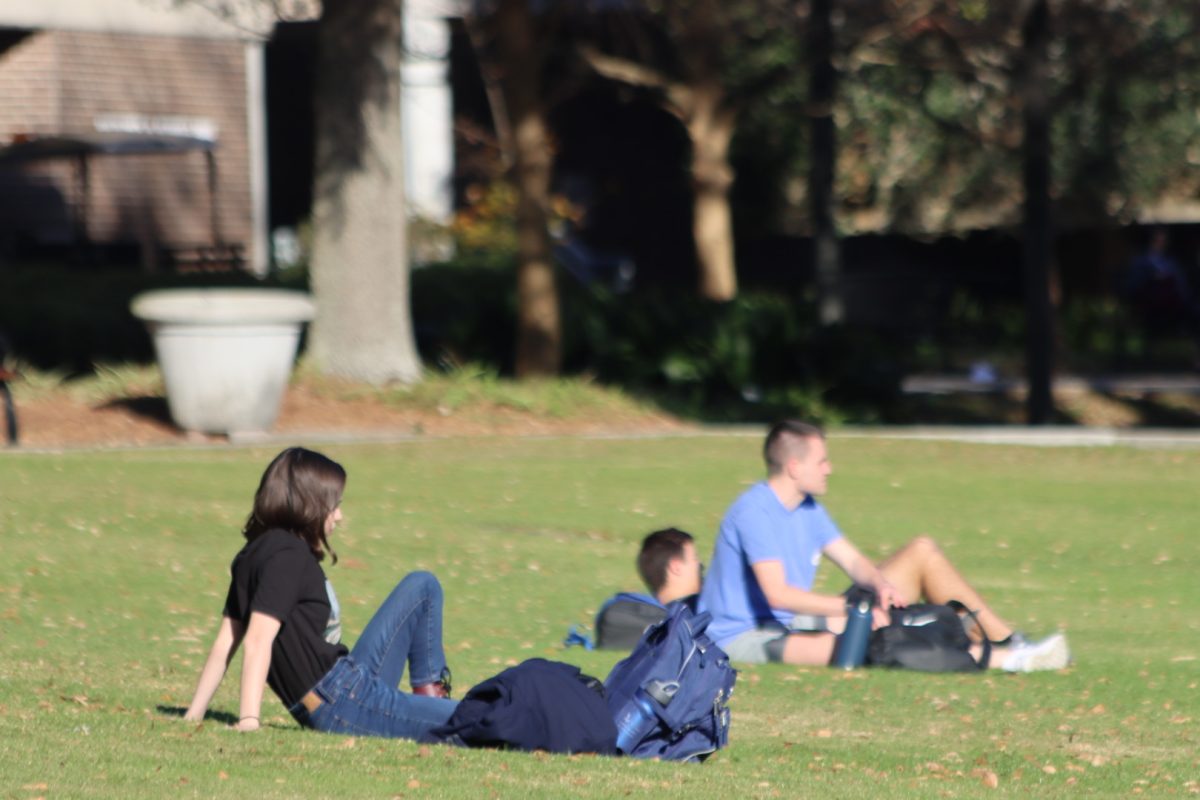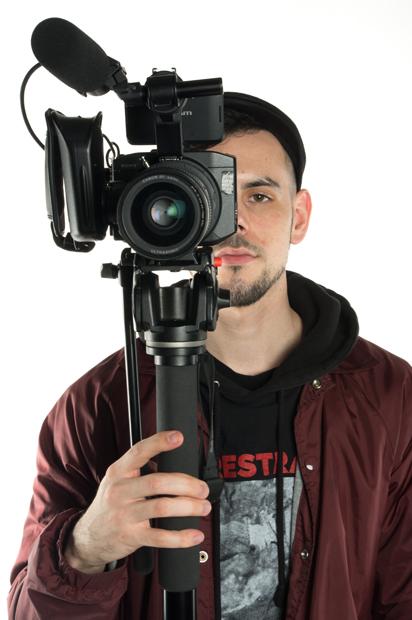
Photo by Tyler Van Voorthuijsen
Jacksonville’s underground music scene is more than just a subculture to local punk rockers and hardcore showgoers. Surreptitious pockets of the scene are littered throughout the first coast and UNF photography graduate Cameron Nunez is immortalizing the moment. From a person front-flipping into a crowd of swinging fists to someone climbing heads to get to the microphone, Nunez captures the reality swept under the rug. Nunez has a unique style because of his willingness to capture rage-filled performances by inserting himself in the middle of the madness with a wide-angle lens.
Nunez’s work has been featured in Alternative Press, Brooklyn Vegan, Void Magazine and Rocksound Magazine. After seeing success on Kickstarter last April, he is working on a documentary entitled Social Norm, a perspective on the normalization of tattoo culture.
Justin Belichis: Do you remember taking a picture for the first time?
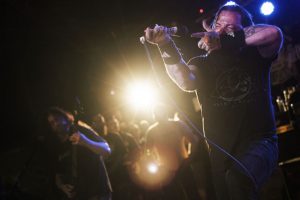
Photo by Cameron Nunez
Cameron Nunez: My first time? I don’t really recall. My grandma introduced me to a lot of art when I was younger. She was a graphic designer, so paintbrushes, pencils and cameras were something she raised me on. As far as photography, I didn’t get serious [until] I was like 15. Shooting [with] film was really expensive, so until i got a digital camera when I was 17–that’s when it kicked in hard.
JB: What film cameras did you shoot with?
CN: I had a Nikon N70 and a Pentax ZX-7. I liked the usability of the Pentax better. I don’t like the way Nikons operate, they’re like spaceships to me. They’re so confusing to do the simplest things. I took pictures every now and then, because at that time I was in a really bad metal band. My focus was on playing music and once photography kicked in, music got put aside
JB: Do you remember some of the first shows you took pictures at?
CN: I went to a lot of shows in Orlando, that’s where I’m from. There’s this band I was friends with back in the day called With My Bear Hands–they’re funny dudes. There was another band called Abdomen Canvas. There’s another deathcore band called Devoured by Pestilence. I took a few pictures of them before they blew up in that area. I took pictures of bands like For Today and Suffokate too. I shot a lot of Metal bands.
JB: How do you take pictures at shows?
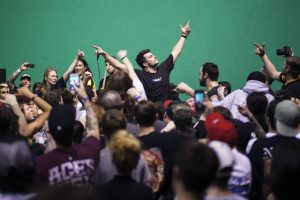
Photo by Cameron Nunez
CN: I’m good at picturing how light will react to things. Going to shows really helped me understand how to work in extreme conditions–you learn to use shutter speed, you learn to use aperture. If you’re switching these things up while someone is jumping on you, you have to be precise at what you’re shooting. If I have someone that’s moving fast, I’m going to increase my shutter speed. If I have someone who’s in a super dark room, I drop my aperture and do it fast, so I can shoot them.
Shooting shows years before getting into UNF’s [photography] program helped me learn the basics really quick. I’ve always been hands on. You could tell me something over and over again, but until I do it with my own hands, I don’t fully understand.
JB: What distinguishes your style of photography?
CN: When I shoot, I usually know what I shoot for. I try to be conscious about it. I love stuff in motion and in action. I like a picture that shows somebody throwing a chord mid-air and when someone’s face is super aggressive with the crowd reacting in the best way. If you explain my stuff, it would be in the moment of high intensity, or a moment where everyone is sharing a high level of passion in that specific time.
JB: Does the environment ever get in the way of your work?
CN: I guess being in a band for a little bit of time, I picked up on what I liked if someone took pictures of me. I didn’t want something to be so far away or off to the side. I try to be a little more daring by being right in front or in the middle of it. After doing it for so long, people see you and pick up on where you’re at. They’re not going to jump on you or hit you, because you could get a picture of them moshing, screaming along or stagediving. If they do stage dive, they’re going to stage dive next to you, instead of right on top of you.
In the beginning it was a little frustrating. I remember one time, my friend Nathan landed on me full force and this one kid who jumped at me stage diving. I had to lock my arm to throw him over me because I had my camera. Every now and then you get hit, but you just [learn to] take it and go along.
JB: I noticed sometimes you use a monopod?
CN: I only ever use the monopod when I’m shooting video, but pictures are handheld.
JB: Has your equipment gotten damaged because of a stage diver?

Photo by Cameron Nunez
CN: One time, my buddy Corey stage dived on me when I was shooting a Terror and H20 show at the Phoenix Taproom. He didn’t see me because I was in a group of people and he just launched himself in the air, landed on me, and broke my sync cord. Luckily I had another one and he was super apologetic about it, so I couldn’t get mad. The reason I use a monopod is so I have control of this expensive camera. If someone tries to hit me, I can raise it high. It’s a metal pole and even if they do try to hit me, it’s going to end badly for them either way. They’ll hit a metal pole or I’ll just kick them.
JB: What equipment do you bring to shows?
CN: It’s pretty consistent. Because I’m so close, I usually like to go real wide. If I want a full on shot, I can just back up. If I want something close, I just get closer. I don’t have to worry about bringing a zoom lens and having a shorter barrel is nice, [especially] if someone is swinging on you. I can pull back and not have to worry about my equipment getting hit too often.
JB: How do you decide whether to film or take pictures at shows?
CN: When I invested in good video equipment, that’s when photography became secondary. People take pictures and they last in peoples’ minds for a second. You see the picture and you like it on Instagram or reblog it, but then it’s gone and out of your head. I focus more on video now, because it lasts longer and it works for me at the same time. Now, there are so many kids [taking] pictures at shows. It’s almost cliché to be that photographer at a show. They upload the pictures to the Internet and kids eat it up, but they don’t really care about the photographer anymore. They care about the picture because it’s just so easy.
JB: When did you start taking videography seriously?
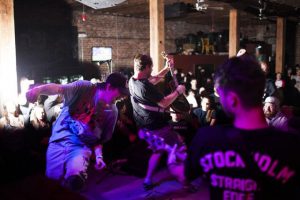
Photo by Cameron Nunez
CN: Back in the day, when I got my first video camera, my buddy Joe Karably asked me to help him shoot a documentary of the band Defeater. That was really cool. It was inspiring to see my video as a part of something that was more than just taking a photo to upload to Flickr. I shot part of their live set and he shot an interview with them. I filmed on the right side of the drummer. It was at The Pit about 4 years ago.
JB: Now that everyone has a camera on their cell phone, where does credibility come from?
CN: Credibility comes from passion. Everyone wants to argue what art is and how you define an artist. It’s not really hard to pick up on it and recognize when someone doesn’t put effort into their work. To have credibility, you need consistency in quality with work done in a way that’s thoughtful. I think that’s when it’s art and it can be respected. You can take a picture and have a lucky moment, but everyone can catch a break. I like when people strive to do something, instead of waiting for something to fall in their laps.
JB: Do you think taking pictures at a show with a cell phone is appropriate?
CN: I had to hit a kid in the shoulder blade once because he kept hitting my lens, throwing his phone up in front of my camera. He knew he was being rude, but instead of moving, he kept snapping pictures for an Instagram upload that’s going to get 30 likes at most on his little social network thing and that’s really annoying. Enjoy yourself for that moment you’re there. You paid money for it.
JB: How do you feel when you don’t receive credit for your work?
CN: It’s a pain in the a–. I’ve called out a few people for it. Now, there are kids who have zero respect for what it is. They take this photo and see it as something they can get a bunch of likes with or get followers on Tumblr. They’re like, “Oh cool, let me snag this photo and I’ll edit it myself or I’ll put some sh—- a– font over the top of it. Probably lyrics from some obscure song.” Then they get super pumped at the thousands of notes and I’m sitting here like “Oh cool my photo just got attention because someone mucked it up.” It gets annoying, but it’s also annoying to see a photo with a watermark on it or some big ugly logo at the bottom corner.
JB: You don’t like to brand your photos?
CN: From my experience, when i see it, I think it’s just ugly. It has come to a point where my friends and people around know which photos are mine. They aren’t making any money from my pictures, they’re just gaining a little bit of Internet popularity and my work is still getting passed around.
JB: What are some memorable sets you’ve filmed?
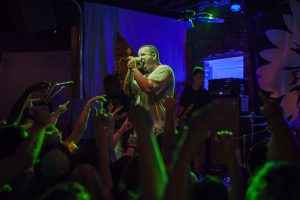
Photo by Cameron Nunez
CN: Citizen probably had the most active show because kids were stage diving nonstop. I like that band, but I wouldn’t have thought they would have had such an active audience. You see kids’ faces coming within inches of my camera.
Code Orange too. That band kills it every time and filming them is always fun. Looking back at my footage of them, it sounds great cause they’re just heavy. Those kids just punch you in the ears with their sound.
JB: Are you filming any documentaries now?
CN: Shooting documentaries is something I aspire to do. The one I’m filming [now] has to do with tattoo culture, as far its transition to acceptability goes. I lost all my footage on my hard drive that crashed recently, so I’m going to have to do a reboot. I had a Kickstarter and it was funded. That was cool.
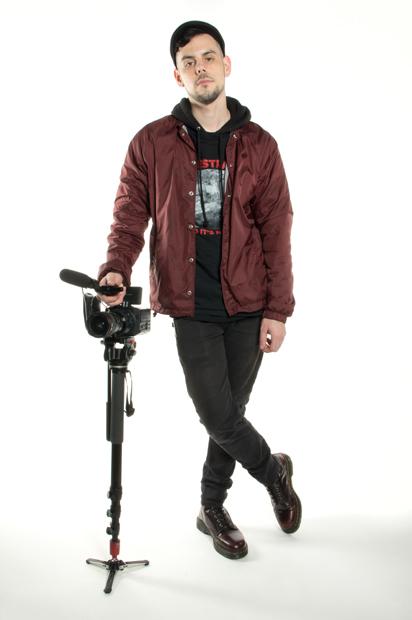
Tyler Van Voorthuijsen
JB: How do you capture the past with video?
CN: It’s more of a discussion, so it’s talking to people with experience, and I guess that’s how you pay homage to the past. Right now, I’m talking to people who are young and old while [learning] their experiences from when they used to tattoo to being tattooed–from then to now as a practice as a whole. You don’t really see someone with tattoos now and become in shock or awe, you kind of just pass by it. It’s something people are more interested in, more than they’re scared by it. It’s become normal. My mom is covered in tattoos and she got eyeballed all the time because her tattoos are really dark and weird. That’s a current project I’m working on.
JB: Which photographers or videographers influence your work?
CN: There were a lot of photographers who I looked up to when I was younger. Evan Dell is a really awesome portrait photographer. He did a lot of band promos and he worked for Alternative Press. I remember being really young, seeing his work and being like “wow that guy [is] really good.” He was working with big names, so you would see him take pictures of bands like Miss May I, Acacia Strain or Comeback Kid and I was like “Holy sh–” this guy is working with everybody. I stopped following him though, because I started doing my own thing. I didn’t want to copy his style and it’s really easy to copy someone’s style subconsciously.
JB: So you wanted your style to be natural?
CN: It’s nice to experiment and I know I’m hardworking. I like to push myself, so it’s nice to be able to learn from my mistakes. If I find something I like and it’s cool, I’d like to think that I found it because I tried, not because I was emulating someone else.
JB: Who else?
CN: Jordan Voth is a great photographer–that dude is super famous now. He has like 30,000 followers on Instagram and he shoots gorgeous women. I know he just recently shot stuff for Nike and he’s everywhere. In the mountains, in the snow, shooting some beautiful female. I hear he’s the nicest dude ever, so that’s good to hear.
JB: How has higher education played a role in your photography?
CN: School is something that has always been in the way. Since middle school, it’s always been something that I’ve needed to do. With photography, being surrounded by certain people and being in an area where I didn’t feel challenged didn’t make me want to strive to do better at school. Instead, it made me want to strive to do better for myself. I wanted my personal work to be my best and my schoolwork to get me by. I wanted to just pass and be done with this place.
[People] like Chris Trice and Alex Diaz are great professors, but that was pretty much it for me. They were great people to talk to about equipment [with] or to show my work to. But as far as inviting my freelance work into school, I strayed away from it because I didn’t want them getting roped together and I wasn’t happy with a lot of the assignments. It just got really frustrating.JB: What’s your favorite venue to shoot?
CN: Lighting wise, I really like Underbelly. Well, to an extent. Their stuff can be really harsh because they have these really strong blue lights sometimes and they’re not very good at switching back and forth. There’s not a whole lot of variation in their lights, so there are really strong shadows and not a whole lot of detail in those shadows. I used to like the Phoenix Taproom and Rocbar before they shut down. Freebird [Live] is probably the best place I’ve shot at a handful of times. They are really on game with their production.
JB: Are you working on any other projects?
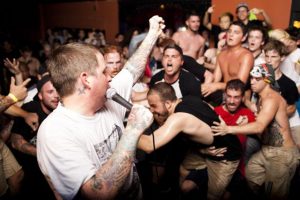
Photo by Cameron Nunez
CN: I recently picked up a project. I’ve always had [good] luck with scratch offs, so growing up, I was always the one to win a lot of money on those things. One day I thought, “Why am I not recording this?” It’s so easy to pick up niches on YouTube and you can actually make good money on them. When you win big, it’s cool. Even if you spend a lot of money on them, you might look like a loser, but people are still interested. I buy them, record myself scratching them off and keep track of how much I spend and how much I lose or win.
The point of it is to show it’s a money pit, but also a possibility to win big. I’ve won $1,000, $500 and a bunch of $50 ones.
JB: Where do you see yourself in the future?
CN: I’m honestly in a weird place where I’m trying to figure out exactly where I want to be. The ideal dream is going on tour with a band and shooting a documentary, but those moments of opportunity are slim. I shoot a lot of underground and punk music and because of that I’ve placed myself in a niche.
—
For more information, news tips, or if you see an error in this story contact [email protected].




